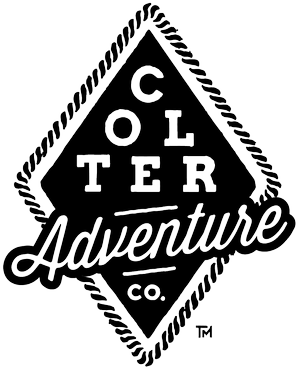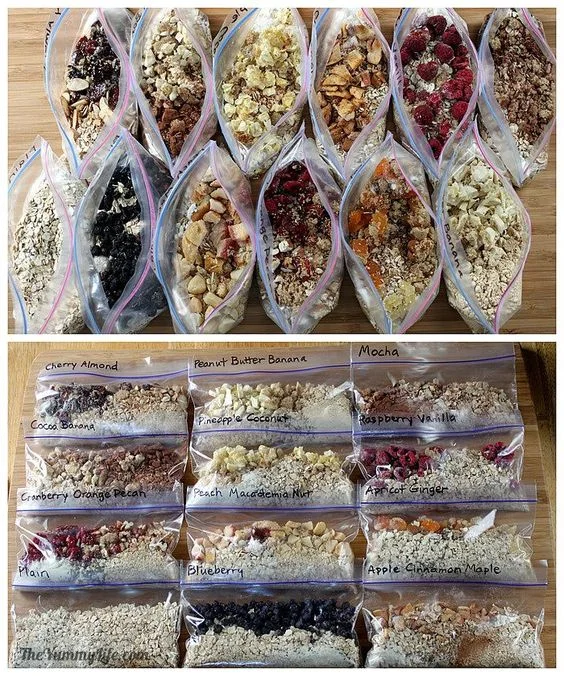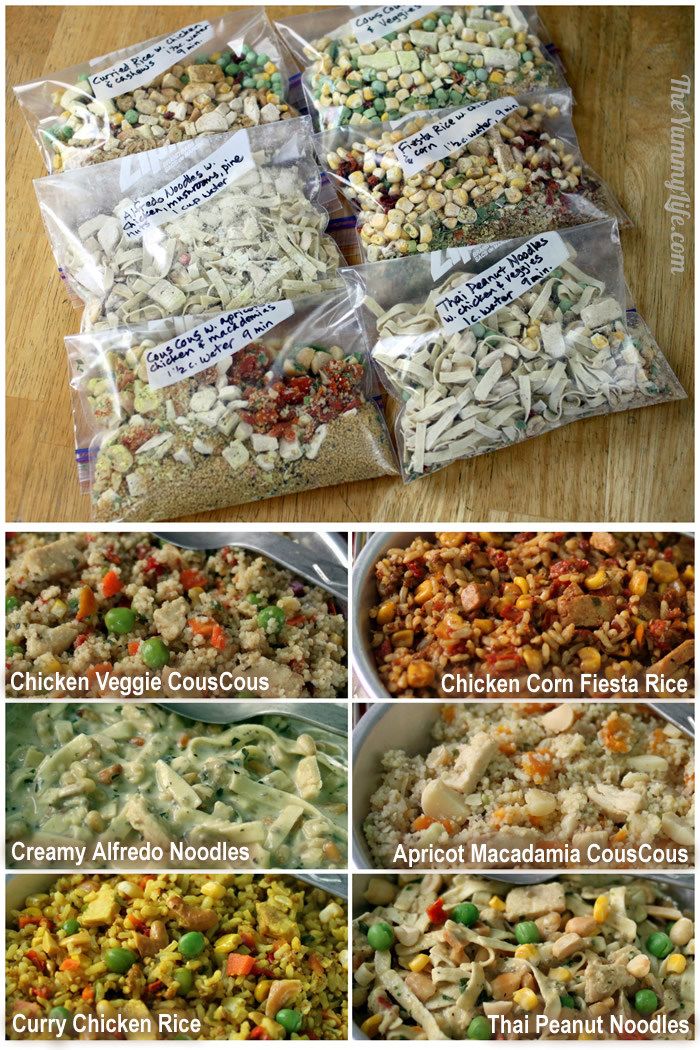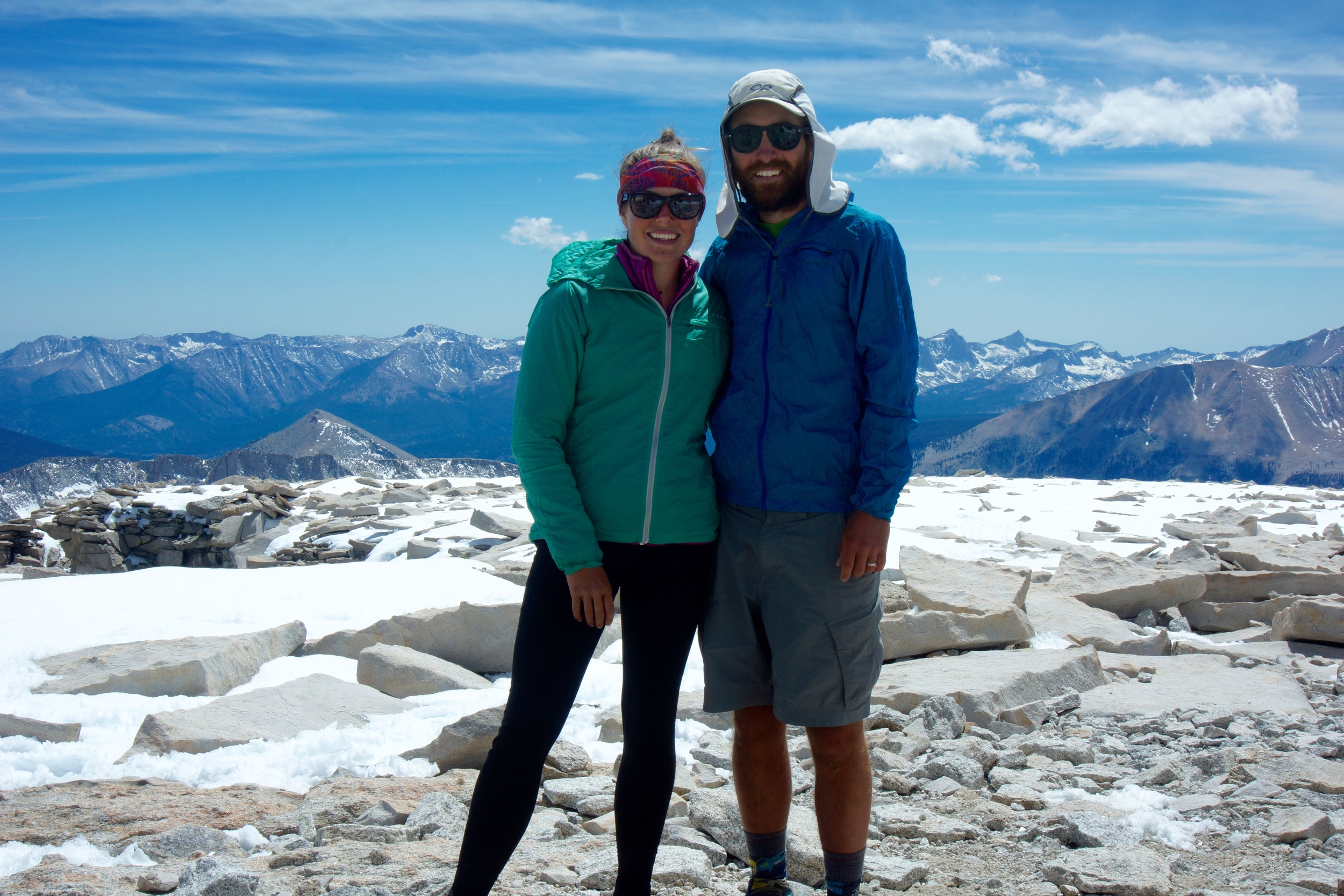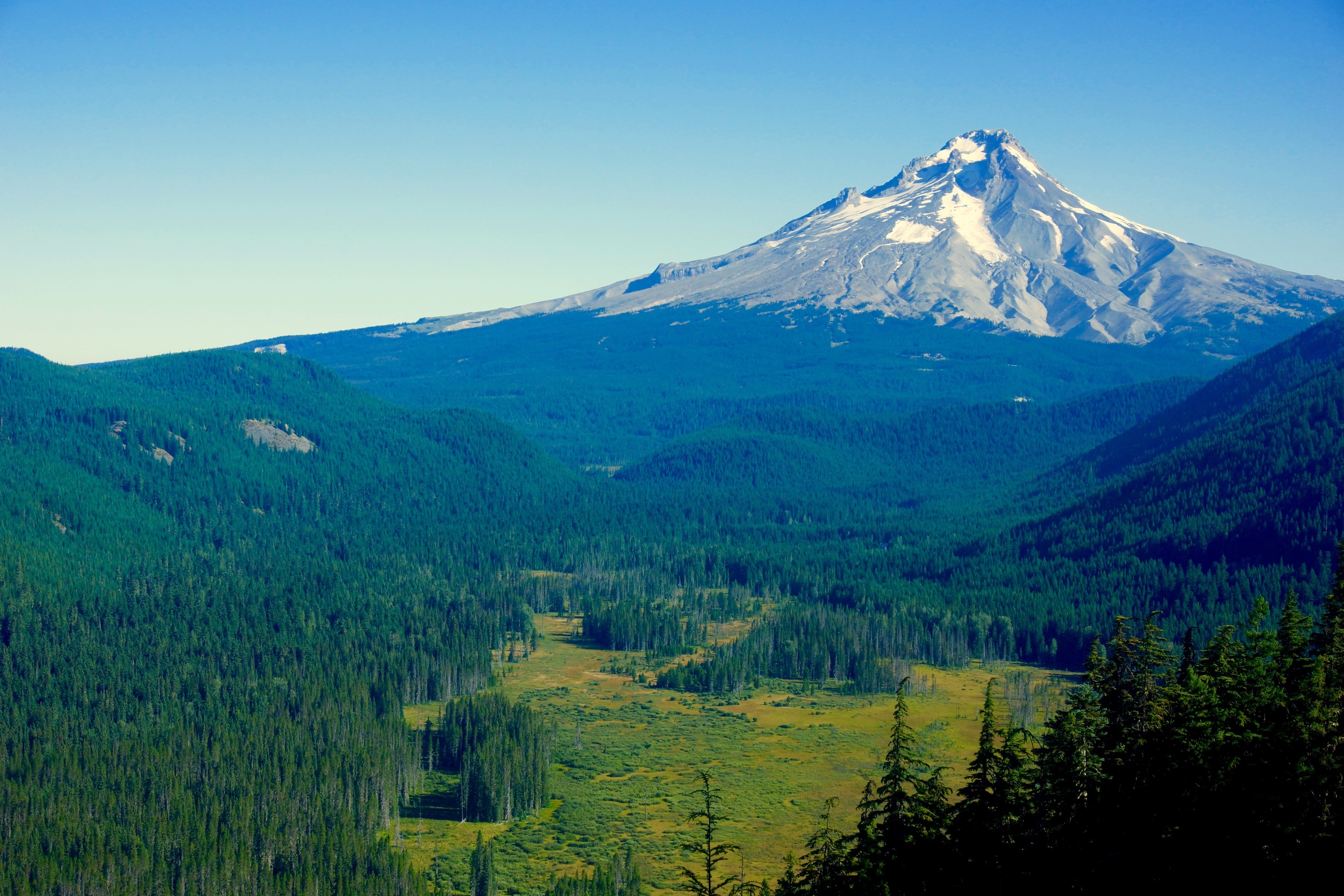Backpacking season is here!! I love backpacking. It was one of my earliest outdoor passions. The unknown of the trail, the fulfillment of looking down from the summit, the feeling of self-sufficiency that comes from carrying everything you need on your back. In backpacking it's all about taking less. But somethings you have to take. Food is one of those. If you're like me, you get tired of the same options over and over on the trail. I wanted to post a few of my favorite options. One of the best sources I have found is this article. It gives some great options for breakfast, lunch and dinner.
I always want something substantial and tasty at dinner time. After a long day on the trail you've earned it. Here are a few DIY meals that are lightweight, tasty and fulfilling.
I have frequently made my own meals based on a bag (or two...) of ramen noodles, choppped beef jerky, freeze dried veggies and then a variety of seasonings. Ginger powder is a nice switch up. I'm pretty loose about the recipes I use, which only adds to the variety :) I'd suggest trying a couple things before hand and seeing what you like the most.
Snack time! What about the times you need a little pick me up with out wanting to boil water? I have a few favorites. Dried hummus mix (in the bulk section at Winco) is a great, easy, sustaining way to get some protein and calories. It mixes with water, oil and lemon juice, ideally. Although I have mixed just water in and found it perfectly suitable. It pairs well with a hearty cracker, summer sausage and ice cold filtered creek water.
Another option is single serve tuna. Each pouch gives a nice kick of protein and it's shelf stable. When you've hit the end of your ability to look at trail mix and peanut butter, this is a good place to turn.
We want to hear your favorite backpacking meals! We are always looking for more. Let us know here, or on Facebook.
